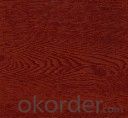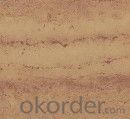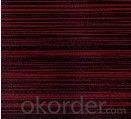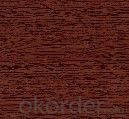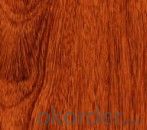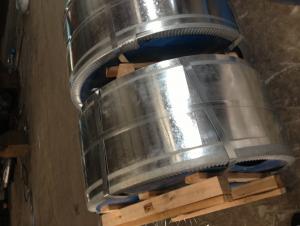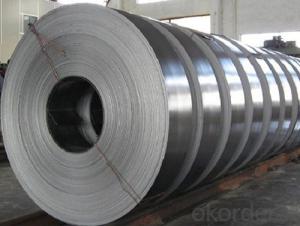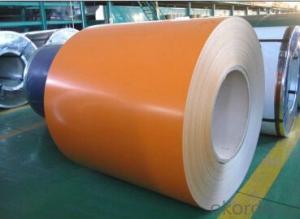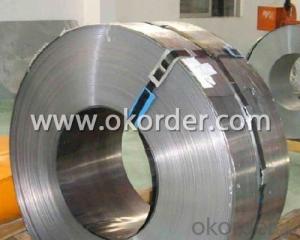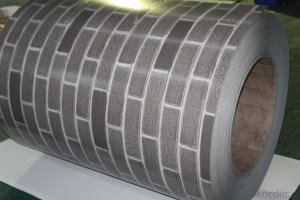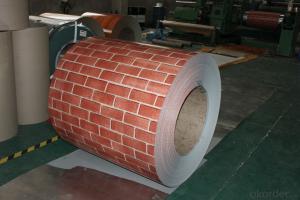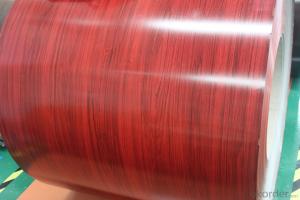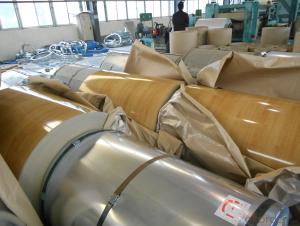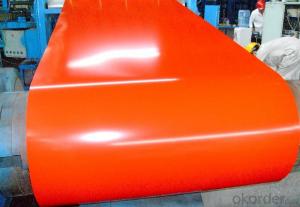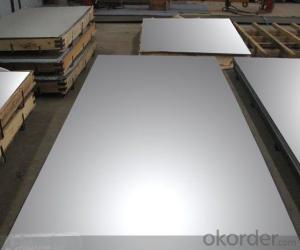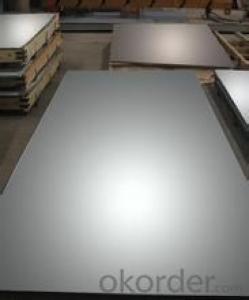Wtone Pattern Printing Steel Plate-0.55mm*1250mm Z100g
- Loading Port:
- Tianjin
- Payment Terms:
- TT OR LC
- Min Order Qty:
- 50 m.t.
- Supply Capability:
- 5000 m.t./month
OKorder Service Pledge
OKorder Financial Service
You Might Also Like
Wtone Pattern Printing Steel Plate-0.55mm*1250mm Z100g
1.Thickness:0.16-2.0mm
2.Width:600-1500mm
3.Material: SGCC,SGCD,SECC,SECD,DX51D+Z
4.Zinc coating:40-275G/M2
5.Surface Structure: galvanized ,zero spangle, regular spangle or normal spangle
6.Surface treatment: chromated and oiled, chromated and non-oiled
7.Color:all RAL series
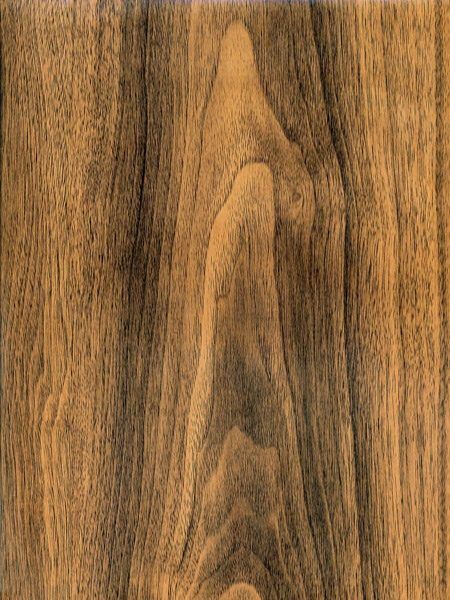
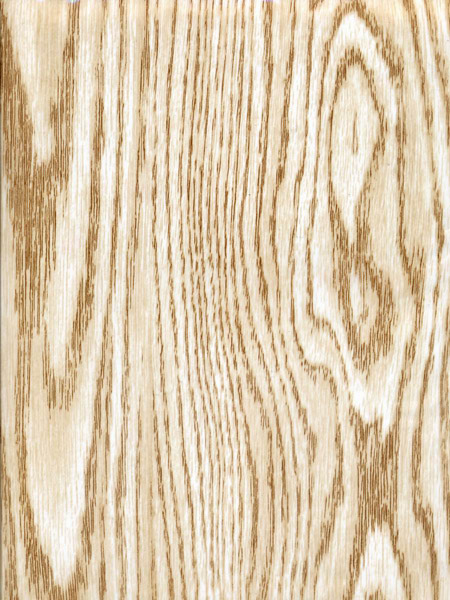
1.strong corrosion resistance
2.surface quality
3.conducive to deep processing,such as the embossed PPGI,printed PPGI&punching PPGI
4.economy and practicality
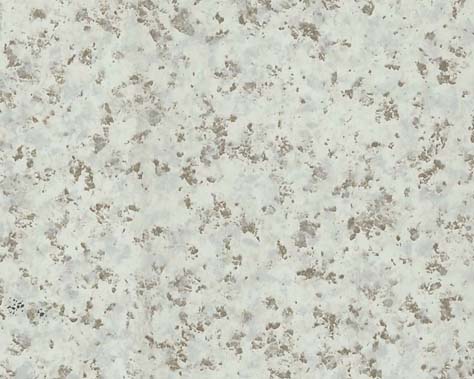
1.Refrigerator shutter &side panels, Washer, Freezers, Air conditions,
2.Rice Cooker, Microwave Ovens, Water Heaters, Sterilization Cabinets, Range Hoods
3.Computer Panels , DVD/DVB panels, TV back panel etc.
Teaching Board: whiteboard, blackboard, green board(chalk board).
Indoor Decoration: Fireproof Door, kitchen cabinet, wall decoration.
Shipping Industries: Ship, Fecht, Marine.
- Q: How are steel strips slit into narrower widths?
- Steel strips are slit into narrower widths through a process called slitting. Slitting is typically done using a machine called a slitter, which is equipped with circular blades. The steel strip is fed into the slitter, and as it passes through the machine, the circular blades rotate and cut the strip into narrower widths. The number of blades and their positions can be adjusted depending on the desired width of the final product. To ensure accuracy and precision, the slitter is equipped with various mechanisms like tension control systems and edge guides. These mechanisms help maintain the proper tension on the strip and ensure that it remains aligned during the slitting process. After the strip is slit into narrower widths, the individual coils or strips are then rewound onto separate spools or coils. These narrower strips can be used for various applications such as in the manufacturing of automotive parts, appliances, construction materials, or even in the production of other steel products.
- Q: Are steel strips suitable for making musical instruments?
- Musical instruments can indeed be made using steel strips. Steel, being a versatile material, offers numerous advantages in the craft of instrument making. One prevalent application of steel strips in musical instruments involves the creation of strings. In instruments like guitars, pianos, and violins, steel strings are widely utilized due to their ability to produce a bright and clear sound. Additionally, steel strips can be employed in constructing the body or resonating parts of certain instruments such as steel drums or steel guitars. The durability and strength of steel make it an exceptional choice for instruments that endure frequent use and tension. Moreover, steel strips can be molded and manipulated to produce various tones and sounds, rendering them an adaptable option for instrument makers. Nonetheless, it is important to acknowledge that the selection of materials for musical instruments relies on the specific requirements and desired characteristics of the instrument. Factors like weight, resonance, and tonal qualities may also influence the suitability of steel strips for a particular instrument.
- Q: What are the safety precautions to consider when handling steel strips?
- When handling steel strips, there are several safety precautions to consider. First, it is important to wear appropriate personal protective equipment (PPE) such as gloves, safety glasses, and steel-toed boots to protect against cuts, abrasions, and potential falling objects. Additionally, it is crucial to ensure proper lifting techniques and use equipment like forklifts or cranes when moving heavy steel strips to avoid strains or back injuries. Maintaining a clean and organized work area can also minimize the risk of slips, trips, and falls. Finally, being aware of the sharp edges and potential hazards associated with steel strips, workers should exercise caution and follow established safety procedures to prevent accidents or injuries.
- Q: Can steel strips be custom-made to specific dimensions?
- Yes, steel strips can be custom-made to specific dimensions. Steel manufacturers have the capability to produce steel strips in various sizes and thicknesses according to customer requirements. This customization allows for flexibility in meeting the specific needs of different industries and applications. Whether it is for automotive, construction, or any other industry, steel strips can be tailored to desired dimensions to ensure they fit the intended purpose.
- Q: Can steel strips be used in the transportation industry?
- Yes, steel strips can be used in the transportation industry. Steel strips are commonly used in the manufacturing of vehicles, including cars, trucks, and trains. They are used for various purposes, such as reinforcing structural components, forming body panels, and creating support systems. Steel's strength, durability, and resistance to corrosion make it an ideal material for transportation applications.
- Q: What are the specifications for steel strips used in the production of conveyor belts?
- The specifications for steel strips used in the production of conveyor belts can vary depending on the specific requirements of the application. However, there are some general specifications that are commonly used in the industry. 1. Material: The steel strips used for conveyor belts are typically made from high-quality carbon steel or stainless steel. Carbon steel strips are more commonly used due to their strength and cost-effectiveness. Stainless steel strips may be preferred in applications where corrosion resistance is critical. 2. Thickness: The thickness of the steel strip can vary depending on the desired strength and durability of the conveyor belt. Typically, the thickness ranges from 0.4mm to 3mm, although thicker strips may be used for heavy-duty applications. 3. Width: The width of the steel strip is determined by the width of the conveyor belt. It can range from a few centimeters to several meters, depending on the specific application. 4. Surface Finish: The surface finish of the steel strip can be plain or coated. Coatings such as zinc or chrome may be applied to enhance the corrosion resistance of the strip. 5. Tensile Strength: The tensile strength of the steel strip is an important specification as it determines the maximum load that the conveyor belt can handle. Typical tensile strength ranges from 500 MPa to 1500 MPa, depending on the application. 6. Hardness: The hardness of the steel strip can affect its wear resistance. Hardened strips are often used to improve the longevity of the conveyor belt in high-wear applications. 7. Edge Condition: The edges of the steel strip can be either slit or deburred. Slit edges are more common as they provide a smoother surface for the conveyor belt to run on. It is important to note that these specifications are not exhaustive and may vary depending on the specific requirements of the conveyor belt application. Consulting with a steel strip manufacturer or conveyor belt supplier can provide more detailed and customized specifications for a particular project.
- Q: What are the common applications of hot-rolled steel strips?
- Hot-rolled steel strips are commonly used in various industries such as construction, automotive, and manufacturing. They are primarily used for making structural components, including beams, columns, and supports in buildings and bridges. Additionally, hot-rolled steel strips are utilized in the production of pipes, tubes, and railway tracks due to their high strength and durability. In the automotive sector, they are employed for manufacturing frames, chassis, and other structural parts. The versatility and cost-effectiveness of hot-rolled steel strips make them a popular choice in many applications where strength and reliability are crucial.
- Q: Are steel strips suitable for making jewelry?
- Yes, steel strips can be suitable for making jewelry depending on the specific design and style desired. Steel strips can be used to create unique and contemporary jewelry pieces, particularly those with a modern and industrial aesthetic. Steel strips offer durability and strength, making them ideal for creating statement pieces such as cuffs, bangles, and rings. Additionally, steel strips can be finished in various ways, including polishing, brushing, or plating, to achieve different looks and colors. However, it is important to note that steel jewelry may not be suitable for individuals with metal allergies or sensitivities.
- Q: How do steel strips behave under different loading conditions?
- Steel strips behave differently under different loading conditions. When subjected to tensile loading, they elongate and narrow in width, while under compressive loading, they shorten and widen. Steel strips also exhibit shear deformation when subjected to shear loading, where they slide past each other. Additionally, steel strips may experience buckling under compressive loading, causing them to bend or buckle out of shape. Overall, the behavior of steel strips is influenced by the type and magnitude of the loading applied.
- Q: How are steel strips used in the production of kitchen utensils?
- Steel strips are used in the production of kitchen utensils in several ways. Firstly, they are often used as the base material for the utensils. Steel is known for its strength and durability, making it an ideal choice for utensils that need to withstand regular use and exposure to heat and moisture. The steel strips are cut, shaped, and formed into various utensil shapes, such as spoons, forks, and spatulas. Additionally, steel strips are also used in the production of the handles for kitchen utensils. These strips are bent, molded, and attached to the main body of the utensil to provide a comfortable and sturdy grip for users. The steel handles are often coated with materials such as rubber or plastic to enhance the grip and prevent slipping during use. Furthermore, steel strips are utilized in the production of cutting utensils like knives. The strips are sharpened to create the blade and then attached to a handle. The steel used for knife blades is typically hardened and tempered to ensure sharpness and longevity. In summary, steel strips play a crucial role in the production of kitchen utensils. They provide the necessary strength and durability for utensils to withstand daily use, and they can be shaped and formed into various utensil designs. Whether as the base material or for handles and blades, steel strips are an essential component in the manufacturing process of kitchen utensils.
Send your message to us
Wtone Pattern Printing Steel Plate-0.55mm*1250mm Z100g
- Loading Port:
- Tianjin
- Payment Terms:
- TT OR LC
- Min Order Qty:
- 50 m.t.
- Supply Capability:
- 5000 m.t./month
OKorder Service Pledge
OKorder Financial Service
Similar products
Hot products
Hot Searches
Related keywords





